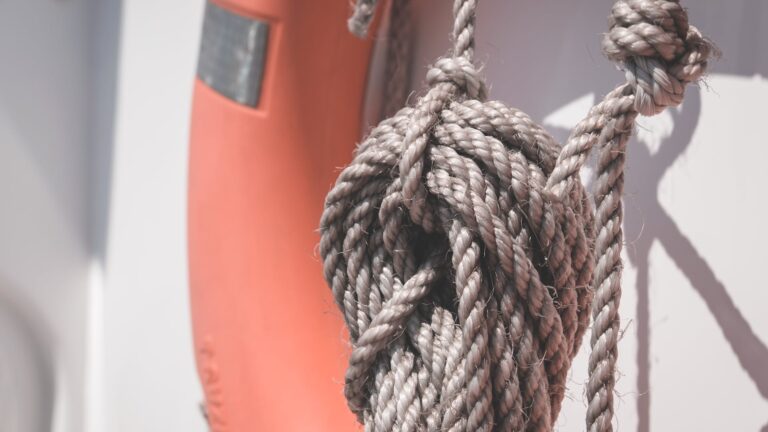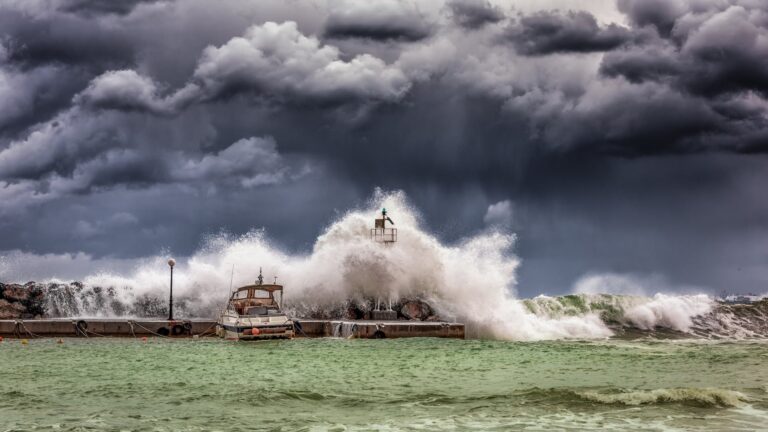Is 5 knots Enough To Sail?
Sailing is an exhilarating and rewarding activity, but it is important to have the right conditions to make it enjoyable and safe.
The most comfortable sailing is in winds from 5 to 12 knots, but what happens when the wind speed drops below 5 knots? Is it still possible to sail in these conditions, or would it be too difficult? In this article we will explore the challenges associated with sailing in light winds, as well as some advantages that can be gained from sailing in low winds.
Factors Affecting Sailing
Sailing involves a variety of factors, from the type of boat being used and the size of its sails to the strength and direction of the wind itself.
All of these elements can affect how comfortable and successful a sailing experience will be, so it is important to take them into consideration when planning a trip on the water.
The Ideal Wind Conditions for Sailing
The ideal wind speed for sailing is generally considered to be between 5 and 12 knots, as this allows for good maneuverability and control of the boat while also providing enough power to make progress through the water without overworking the sails or crew members onboard.
However, there are still some advantages and disadvantages to sailing in lower or higher wind speeds than this range, which must be taken into consideration before setting out on a journey at sea.
Wind Speeds Below 5 Knots
When wind speeds drop below 5 knots, sailing can become more difficult due to a number of factors including difficulty navigating, maneuvering, and powering the boat with sails alone.
In light winds there simply isn’t enough power behind them for them to adequately propel a boat forward, thus requiring other methods of navigation such as motoring or paddling if one wishes to make progress across open waters safely and efficiently.
Navigation Difficulties Associated with Low Winds
Due to lower winds there may be less consistent gusts which can make it more difficult for sailors to accurately predict where they are going, particularly if they are trying to navigate using landmarks rather than using a GPS system or other type of navigational aid onboard their vessel.
This issue can be compounded by choppy or unstable water conditions caused by low winds which can also disrupt visibility by creating waves that obscure sight lines ahead of vessels making navigation even more difficult than usual in these conditions.
Maneuvering Difficulties with Low Winds
In addition to difficulties associated with navigation in light winds, maneuvering can also become tricky due to reduced power available in lower wind speeds, making turning more difficult as well as increasing braking distances should one need to make an emergency stop while underway on their vessel due various scenarios such as a collision warning or other unforeseen incident out at sea (e.g., engine failure).
This reduced maneuverability only serves as another reason why extra caution should be taken when sailing in low wind speeds as compared to when sailing in higher ones, especially if one is planning on navigating through crowded waterways (e.g., busy harbors) during their journey at sea .
Powering the Boat with Low Winds
Although powering a boat entirely using just sails becomes more difficult in light winds due lack of power available from them alone, there are still some strategies that sailors may employ when trying attempt this method of navigation under these conditions such as making sure that all sails are tautly set up so that they catch any available gusts (even if they are few) which could help propel their vessel forward over time, thus allowing them progress towards their intended destination without relying on motor power alone (which could help conserve fuel if needed).
Other Ways To Navigate With Low Winds
When sailing under light wind conditions other methods may need be employed such as paddling if one doesn’t have access motor power onboard their vessel, although this method may require more effort than normal due less power being available from natural sources such as wind or current currents while out at sea depending on where they are located geographically speaking).
Additionally, some vessels may also have access auxiliary propulsion systems such electric motors which could prove useful under these circumstances if available onboard one’s vessel and powered correctly before setting out on their journey at sea (as this could save valuable time depending upon how far away one needs go before reaching their intended destination).
Advantages Of Sailing In Light Winds
Although there may be drawbacks associated with navigating under low wind conditions, there are still some advantages that sailors may gain from doing so such as learning how better read natural forces such current currents or land formations while underway which could prove invaluable knowledge should they ever find themselves lost at sea lacking navigational aids due various scenarios such mechanical failure onboard their vessel(s) or running out fuel during times when motor power was needed most (although this possibility should always plan against before setting out on any voyage).
Additionally, sailing under light winds could also allow for quieter voyages through certain areas where noise pollution might otherwise disturb wildlife living nearby during periods high wind activity (such nesting birds during mating season) which could ultimately help preserve local ecosystems over time without disrupting any local wildlife living within close proximity ships passing through them courtesy slower speeds required navigate safely during times low winds .
Conclusion: Is 5 Knots Enough To Sail?
It is possible for sailors sail successfully under low wind conditions provided they take all necessary precautions before setting out on their voyage at sea including preparing all navigational aids beforehand, conserving fuel whenever possible ,and being extra vigilant while underway so that any potential hazards can spotted quickly should they arise unexpectedly (e..g., submerged objects hidden beneath surface waters).
Whilst not ideal for those looking cover large distances quickly while underway, lighter wind speeds can still provide enjoyable experiences provided correct safety measures put place beforehand ensure safe passage across open waters all times regardless what environment sailors find themselves within during their journey at sea .
NFinal Thoughts
Whether you’re an experienced sailor looking explore new destinations whilst enjoying gentle breezes along way or just starting out learning ropes nautical life altogether then understanding how navigate safely whilst low winds becomes paramount part any successful voyage undertaken upon oceans seas alike .
Ultimately though , only you know exactly what best suit your particular needs circumstances , so make sure properly assess situation beforehand every trip order ensure best chances success outcome each excursion take upon waves !

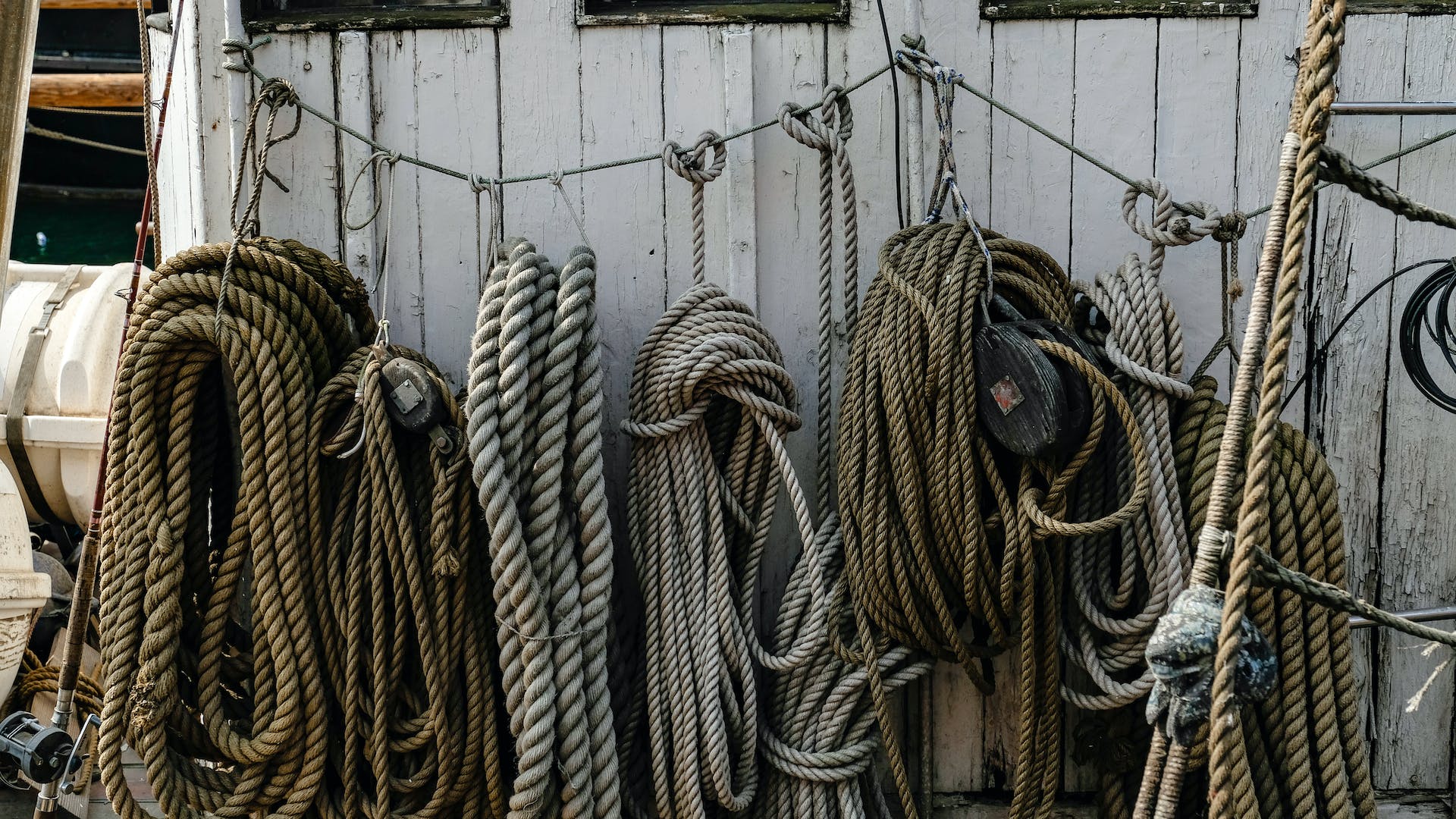

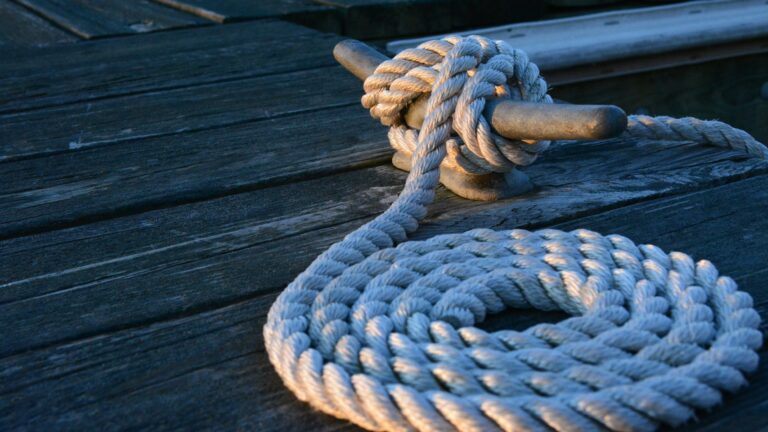
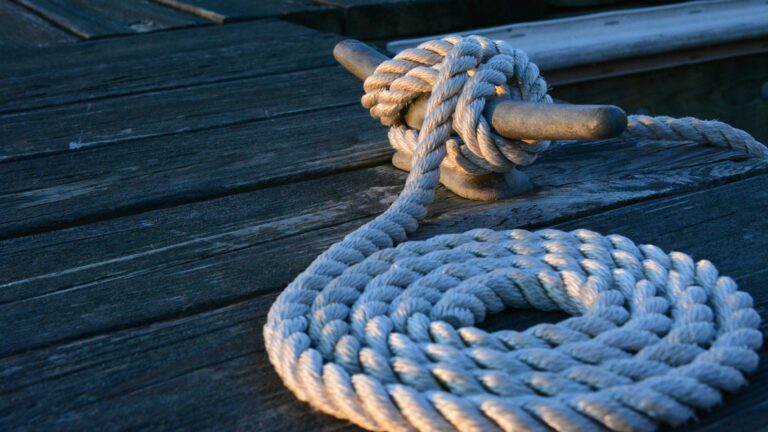
![sailing-rerig-sailboat-cost-boat How Much Does It Cost To Rerig a Sailboat?[Editing Required]](https://challengedamerica.org/wp-content/uploads/2023/02/sailing-rerig-sailboat-cost-boat-768x432.jpg)
